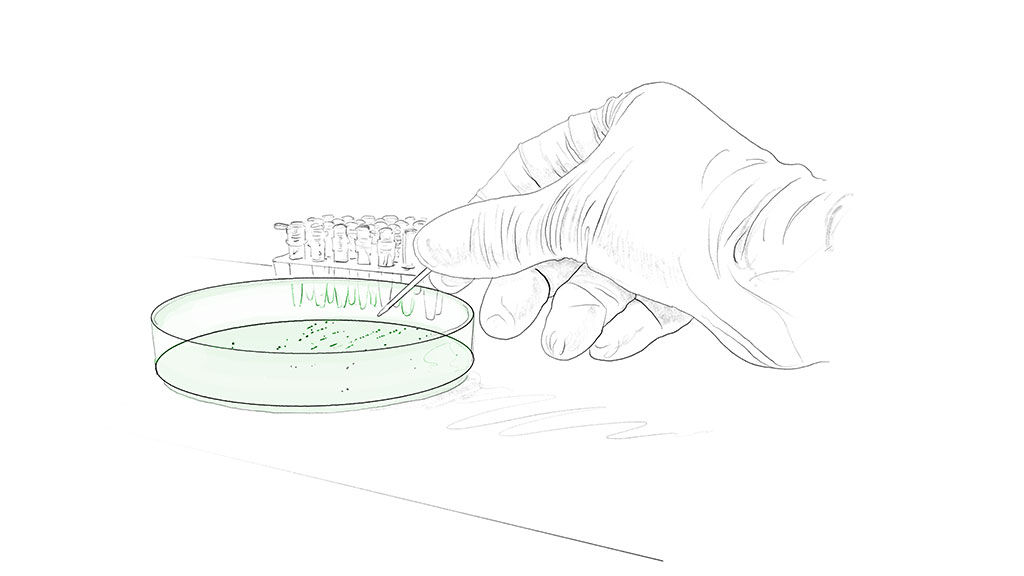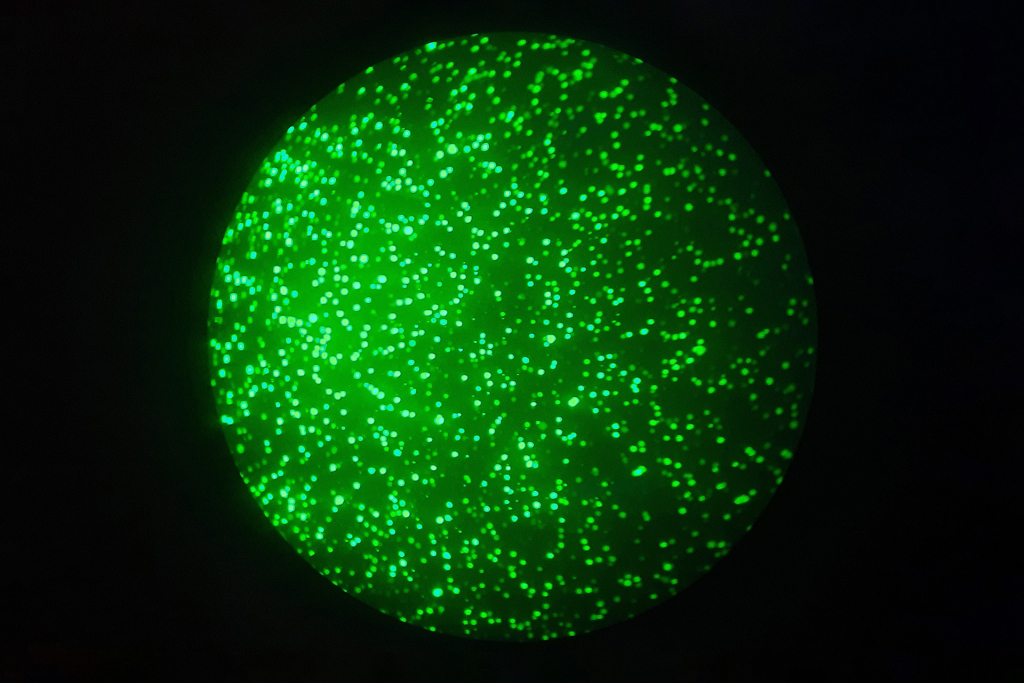Mammalian cell culture has a rich history in the life sciences industry, dating back to the early 20th century. The current applications of mammalian cell culture are far-reaching, spanning fundamental and clinical research and agricultural biotechnology. In this blog, we delve into different aspects of cell culture and discuss its research and industrial applications in recombinant protein production.
Mammalian cells, the fundamental functional and structural units of a mammalian body, are a marvel of nature. A single mammalian body contains, on average, trillions of these cells. They are eukaryotic cells distinct from prokaryotic cells due to their membrane-bound organelles. Each organelle is a specialized cellular compartment with its own unique function. The nucleus, for instance, is the repository of genetic information, while the Golgi is central for modifications of newly synthesized proteins and lipids. A recent study revealed the staggering diversity of mammalian cells, identifying over 400 cell types based on their morphology and function in the human body1.

Examples of mammalian cells categorized by their physiological functions include:
Ross Harrison developed the first successful tissue cultures in 1907 when he demonstrated that nerve fibers could be grown in vitro. This is an example of primary cells, as the cells were isolated directly from a living tissue or organ. It was not until 1951 that George Gey and coworkers developed the first human cell line — HeLa — from a cervical cancer specimen.
Subscribe to our Newsletter
Get all the latest updates, and learn about our advancements in antibody production.
Subscribe now
Although primary cells are more representative of their tissues or origins, culture cells have crucial benefits for life sciences— they can continuously grow and divide and do not have a limited lifespan in culture. Other advantages of cell lines are their high consistency, cost-effectiveness to culture and ease of use, making them highly amenable to several applications.
Mammalian cell culture is applied in various fields of life sciences, including:

To grow mammalian culture cells, an artificial environment needs to be used to replicate the natural environment. A cell culture incubator provides sterile conditions (achieved by filtering water and air), a specific temperature, gas composition and humidity, which are crucial for culture cells. The cells grow in flasks or bioreactors when larger quantities are needed. They can either adhere to a compatible surface (adherent cells) or grow in suspension without attaching to a surface (anchorage-independent suspension cells). A medium is added to the culture flasks to supply essential nutrients, including carbohydrates, amino acids, and minerals. Cell culture media is buffered to maintain a consistent pH. Supplementation with animal serum is a source of growth factors and hormones.
An alternative to animal-derived serum is a serum-free, chemically defined (CD) medium with known chemical composition and components. CD media ensures reproducibility and controls cell culture performance. Chinese Hamster Ovary (CHO) cells (Figure 1) have been shown to grow in a serum-free CD medium, which is particularly advantageous due to the simplification of regulatory compliance and downstream protein purification processes.

Figure 1. CHO cells visualized post-transfection with fluorescence microscopy (Source: Evitria)
Recombinant antibody expression is the expression of a defined antibody sequence, commonly performed using CHO cells. The benefits of recombinant antibodies are the assurance of specificity between manufacturing lots and equivalence of bioactivity.
Evitria specializes in the production of transient recombinant antibodies using CHO cells. Kunzi et al., from the Institute of Anatomy, University of Bern, in collaboration with the clinical-stage biopharmaceutical company Molecular Partners AG, utilized evitria recombinant antibody expression service to produce an anti-severe acute respiratory syndrome coronavirus type 2 (SARS-CoV-2) monoclonal antibody. The recombinant antibody (mAb) — Casirivimab (REGN10933) — was employed as a comparison for Designed Ankyrin Repeat Protein (DARPin) targeting the spike proteins of SARS-CoV-2. DARPins are small, single-domain proteins with high affinity and specificity to their target proteins. The study demonstrated that DARPins conferred equivalent protection from epithelial infection from SAR2-CoV-2 as the well-characterized mAb REGN109332.
Immortalized mammalian cell lines are grown in a laboratory for research, biotechnology, and drug development.
Mammalian cell culture requires a suitable growth medium, proper temperature, humidity, CO2 levels, aseptic conditions, and adherence substrates for cell attachment.
Mammalian cell culture is commonly employed for gene expression studies. Specific genes of interest are expressed in mammalian cells to study their function, regulation, and potential therapeutic applications. Mammalian cells can perform post-translational modification and secrete glycoproteins, which are correctly folded. Hence, mammalian cell culture is employed as glycosylation of IgG, which is crucial for therapeutic applications.
Adherent — or anchorage-dependent cells — are attached to an artificial substrate and consist of a single-thickness cell layer comprised of proliferating cells. As the cells are attached to the bottom of the culture dish, an inverted microscope can be used for facile observation of the cells. The morphological features of mammalian cells and the health of the cell can be examined with an inverted microscope. In the case of adherent cells, dead cells are not as bright and become rounder before detaching from the growth surface.
Attachment substrates coat cell culture surfaces to facilitate cell adhesion. Cells can survive for more extended periods with cell attachment substrates. Examples include extracellular matrix proteins like collagen, fibronectin, or poly-L-lysine.
Mammalian cell culture offers advantages over bacterial cell culture, such as studying complex cellular functions that mimic human physiological conditions, producing biologics, conducting disease assays, and evaluating drug efficacy and toxicity more accurately.